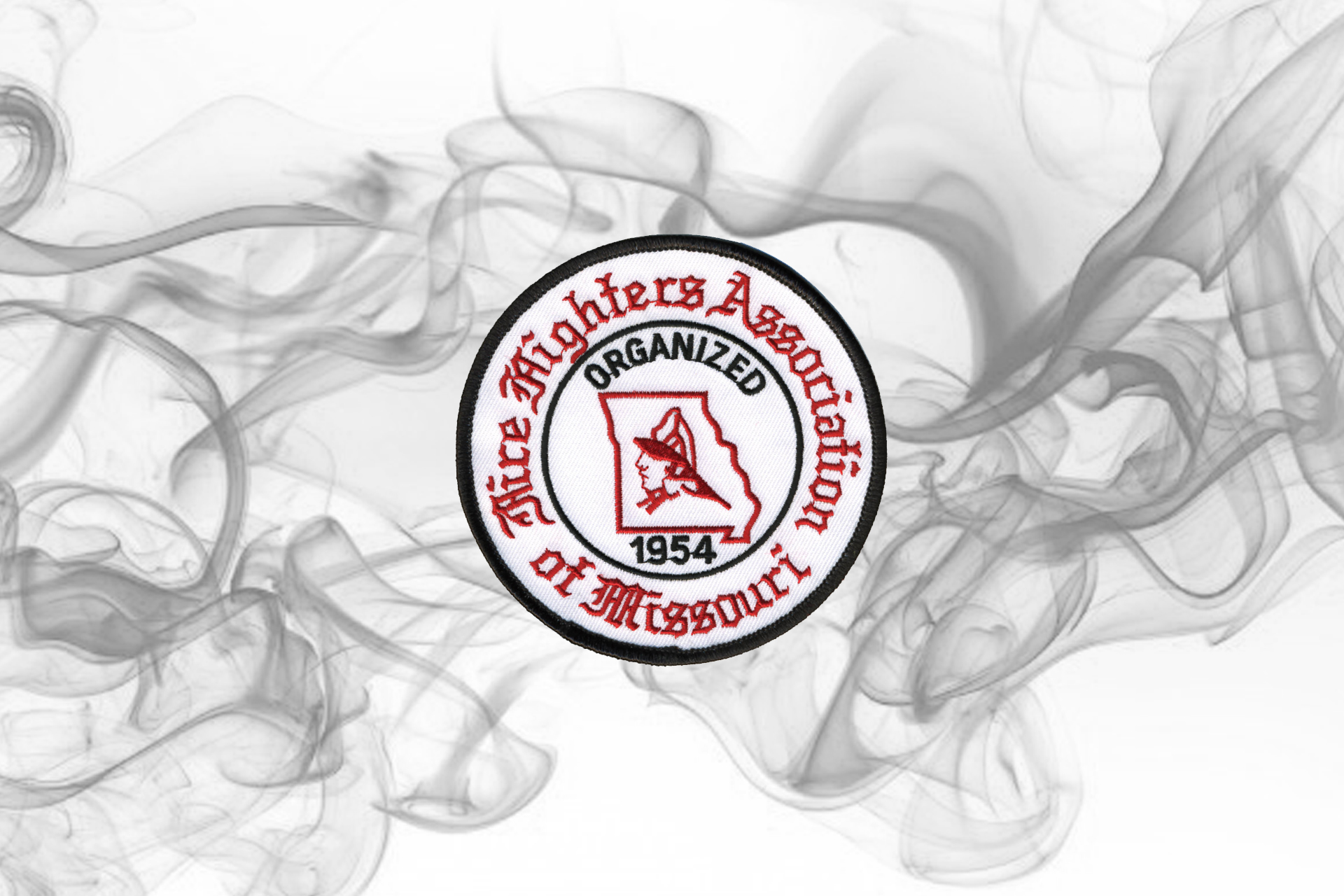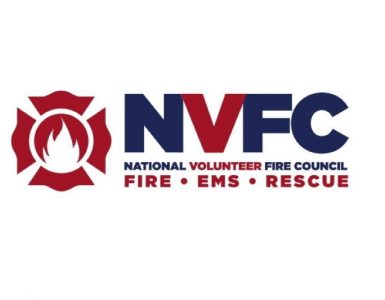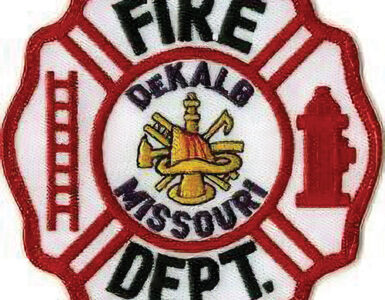Thermal Imaging Cameras
The FFAM just had its annual convention in Springfield, where we brought families back together. The keynote speaker Mike Snider of the Lees Summit Fire Department had a very moving speech about putting our families first and sticking together. After the speech, Chief Snider received a standing ovation and I had several of our members come up to me saying what a great speaker he was and received many calls and texts on how well they loved Chief Snider’s message. Thanks, Chief Snider for your great message, our membership loved it.
As you have seen in my previous articles I have been talking about important issues in the fire service today, I would like to continue that message with this article. In this article, I will talk about thermal imaging cameras.
Thermal imaging camera (TIC) use in the fire service is becoming more widespread and more commonplace than ever before.
With the overall reduction in cost and different manufacturers competing for a small market share, the fire service has seen tremendous improvements in thermal imaging in the past decade. Or has it?
The issue is this: Fire service TICs are being purchased by fire departments as common tools. But in many cases, they are being purchased without the necessary research, education, and training. In my research and travels, I have found the following to be a common thread statewide.
A lack of performance-based testing or needs assessment criteria: These criteria define the best TIC for an organization’s use, which is done through a needs assessment process. A fire department needs a specific criterion to make its final thermal imaging purchasing decision, which should include a testing program that allows it to see how its top three choices perform in live fire situations. A TIC should not be purchased based on how it performs on the sales floor or in nonfire conditions. It should be evaluated in the environment in which it is designed to function and tested by those who will be the primary users of the technology, such as the company officers. This provides the fire department with valuable feedback on the TIC’s performance, its ergonomics, and a chance to place a few different brands side by side in the fire environment. In the fire environment, firefighters can truly “see” how their choice of TIC will enhance or diminish their job performance on the fireground. All TICs are NOT the same, and simply purchasing one because it is economical will often cost the organization even more of the citizens’ tax dollars in the future.
A lack of thermal imaging education and training: The fire service is in a transitional period of our history as we are shifting from fighting fires in predominantly lightweight and standard construction types to fires in more performance-based designed buildings that consist of engineered lumber, glues, laminates, etc. These structures present numerous challenges for firefighters by themselves, but the increased use of synthetic components produces a rapidly developing fire environment with almost zero visibility. This rapid-fire progression is primarily because of high-heat-release-rate fuels, such as a mattress that produces 4.5 MW of heat energy whereas only 2.5 MW is needed to produce flashover conditions in a standard-sized bedroom. These conditions, along with our advances in personal protective equipment (PPE), demand a thermal diagnostic tool to assist firefighters with assessing and mitigating this environment.
A firefighter’s senses are often deprived of them in these environments because of the higher thermal protective performance (TPP) ratings of his PPE and the limited visibility of the ventilation-limited fires created from high-heat-release-rate fuels. As a general rule, if a firefighter is feeling painful heat sensations, he may have already been burned or is about to receive a second-degree burn, and this warning sign is felt often too late. Regarding firefighter training, very little applicable information is taught regarding TPP, total heat loss (THL), thermal classifications, and how high heat release rates combined with heat flux limit the amount of time that firefighters are protected. The fact that each piece of equipment is designed to perform under certain temperatures for a certain duration isn’t considered in how long crews should remain inside for the attack effort. Depending on conditions, firefighting crews can saturate their gear with heat at lower temperatures and become burned after long exposures and have no signs of damage to their PPE whatsoever. According to M.K. Donnelly, “Shell fabrics used in the construction of NFPA 1971 compliant thermal protective ensembles typically do not exhibit thermal damage until they reach temperatures above 300°C (572°F). NFPA 1971 [1] calls for firefighters’ protective ensembles to be tested at a thermal exposure of 260°C (500°F) for five minutes.”
Therefore, because of these conditions, the TIC is being incorporated into self-contained breathing apparatus (SCBA) face pieces, and handheld decision TICs are becoming more prevalent. But, the fact remains that the fire service doesn’t emphasize training and education in the area of thermal imaging. It is apparent in many cases as several departments are purchasing situational awareness TICs—designed to assist the firefighter in locating the fire and or a point of egress—to replace their older decision-making TICs, which are higher resolution, have faster processor speed, and are designed to assist with enhanced tactical decision making. A situational awareness TIC is not sufficient to replace a handheld decision-making TIC. This is but one example of the fire service latching onto technology without the proper understanding or education of its original intent and limitations.
The consensus standard on training for thermal imaging use follows. Ask yourself if you are abiding by these.
- A thermal imaging training program SHALL be implemented.
- Risks to participants during training shall be kept to a minimum
- The authority having jurisdiction (AHJ) shall establish written policies for TIC training that meet the requirements of this standard.
- The policy shall address the training requirements for types of incidents where TICs may be used.
- The training policy shall include an annual review of member competence in TIC technology, operation, application, use and limitations, care, and maintenance.
- TIC training shall include practical evolutions using TICs.
- The training program shall include both individual and crew training.
- Before new or unfamiliar TICs are placed into service, training, and education relating to those imagers shall be provided for all affected members.
- Members shall be provided with classroom education and hands-on familiarization in TIC functions before being permitted to operate TICs
The National Institute for Occupational Safety and Health (NIOSH) has identified that in firefighter line-of-duty deaths (LODDs), the TIC failed to be deployed by firefighters in 38 percent of these incidents. This can be attributed to many factors, but often the reasons that I find in my travels are that they only use the TIC during search and overhaul operations. Joseph DeVito says it best in his program “Thermal Imaging—It’s More than Search & Overhaul” that we can be more efficient and successful if we would expand our understanding of the tool. While using the TIC in search and overhaul is warranted, we are reducing our overall effectiveness significantly by not using the TIC tactically in the following areas:
- Hazmat incidents.
- Size-up.
- Directing hose streams.
- Checking the thermal environment.
- Maintaining situational awareness.
- Motor vehicle accidents.
Firefighters who conduct search and rescue efforts with the assistance of a TIC are 60 percent more effective; reduce their overall search time by 50 percent; and, if they become disoriented or lost, find their way out of the structure 100 percent of the time if equipped with a TIC.
These are the many ways our firefighters can use a TIC for their safety and also for others. If the FFAM can be of any assistance to you or your department please feel free to email me at grant_oetting@yajoo.com or call my cell at 660-229-4525. If I don’t answer please leave me a message and I will get back to you. Until next time…be safe my brothers and sisters.

































